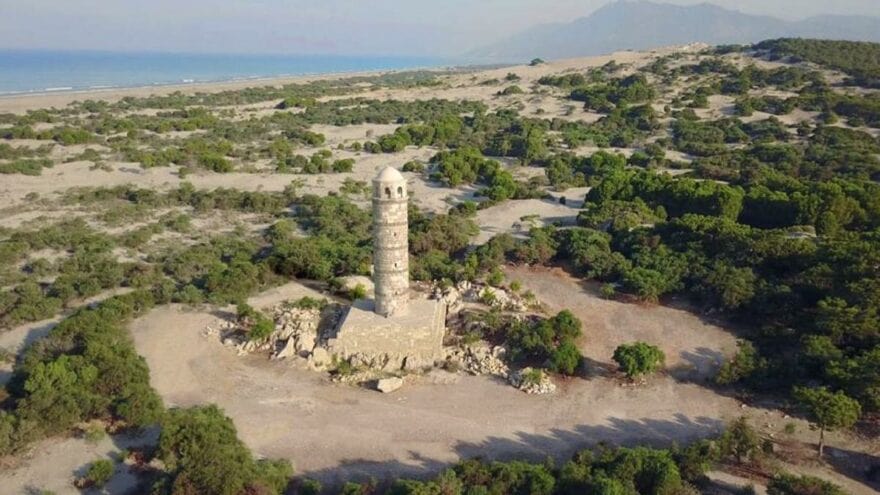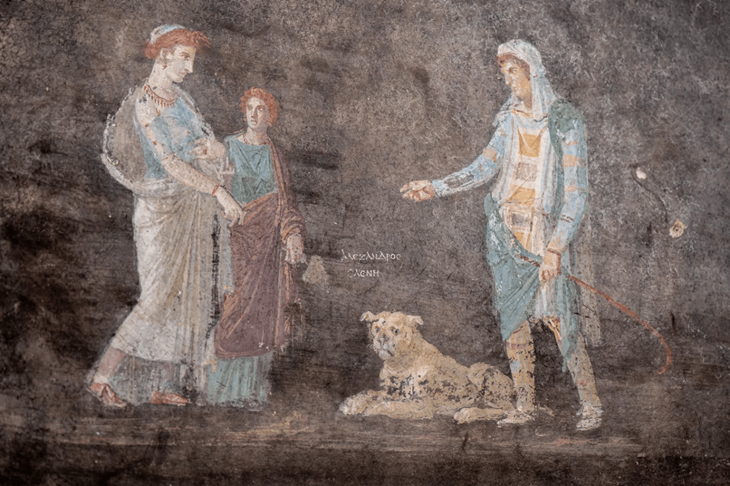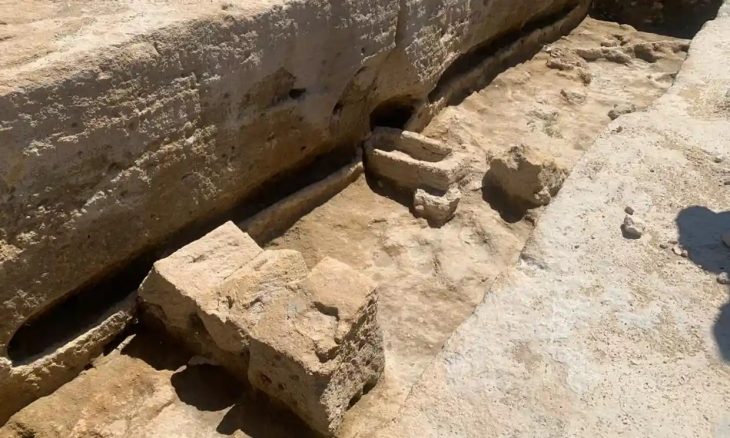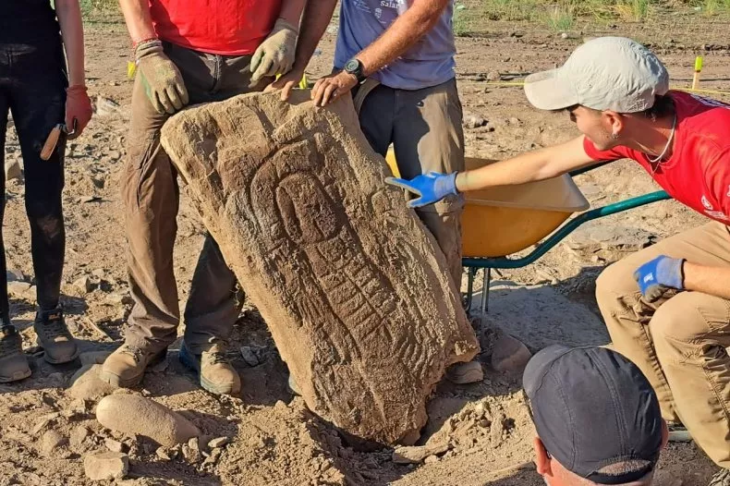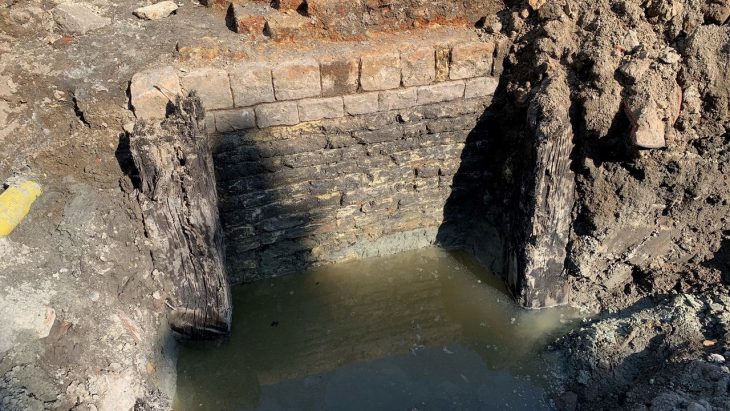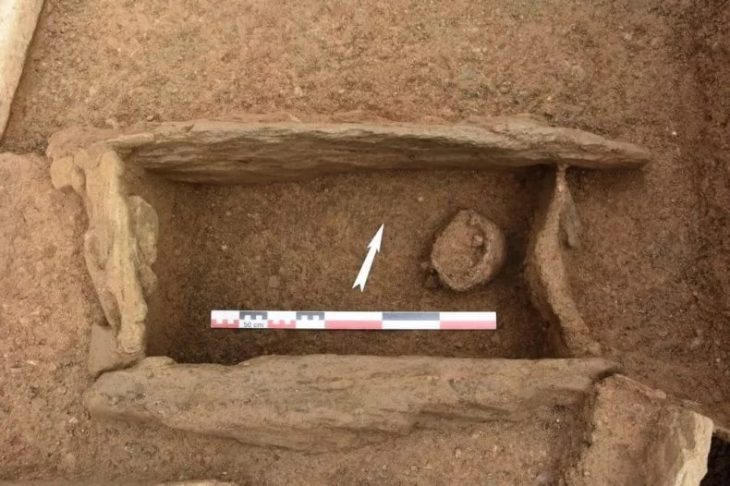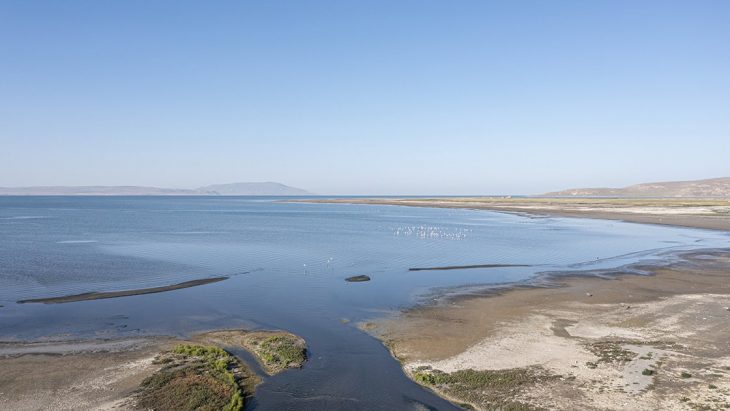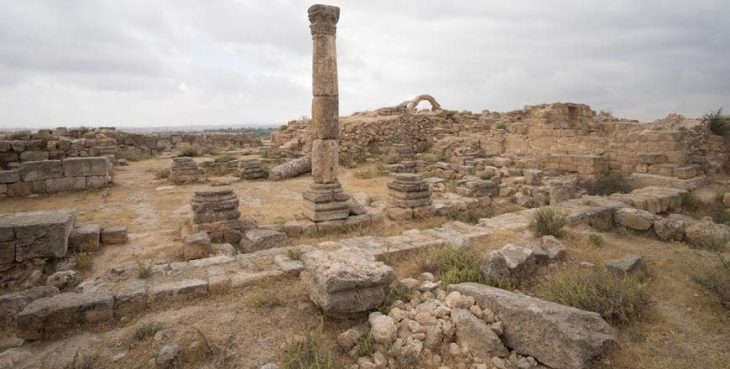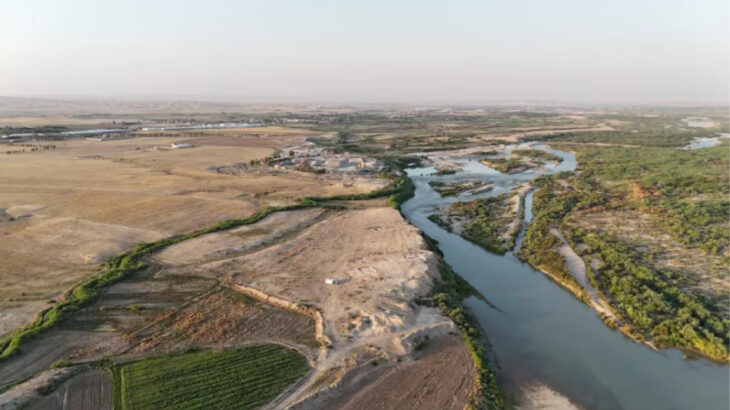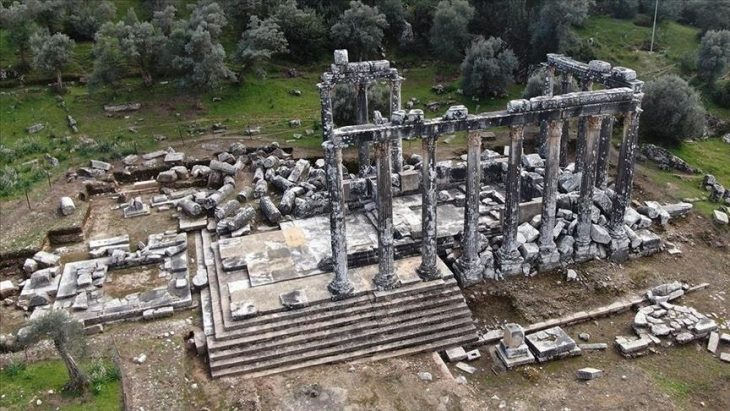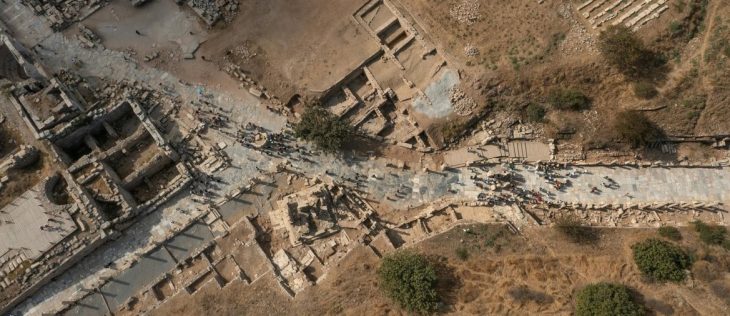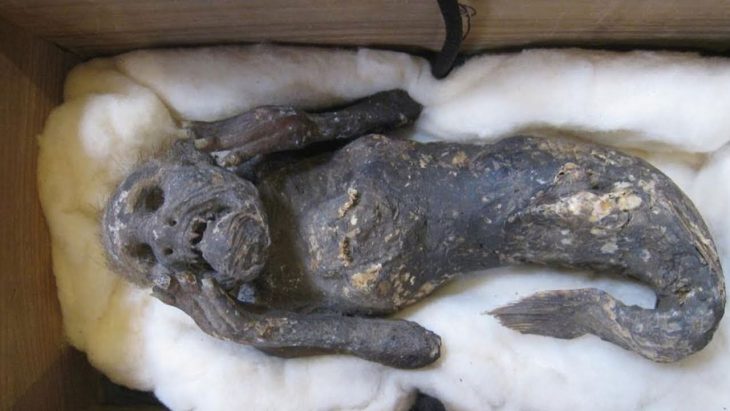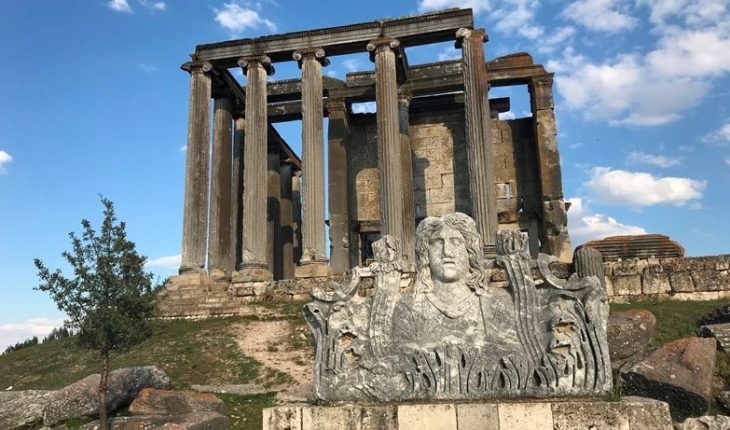The ancient lighthouse in Patara, built by Roman Emperor Nero and destroyed by natural disasters, has reached the final stages of reconstruction work, which involves rebuilding it from its ruins using original stones, and will once again illuminate the way for sailors.
Patara is an ancient city located in southwestern Türkiye, within Antalya Province, known for its rich history and archaeological significance. Once the capital of the Lycian League, Patara was an important port city in antiquity, serving as a major trade center and a hub for maritime activities.
The city is also famous for its well-preserved ruins, including a theater, temples, and the ancient lighthouse, which was built to guide sailors safely into the harbor. The lighthouse, a remarkable example of ancient engineering, is set to be restored and will once again illuminate the way for seafarers, highlighting Patara’s enduring legacy as a vital maritime location.
The restoration of Patara’s lighthouse had begun in 2020 as the year was declared the “Year of Patara” by the Culture and Tourism Ministry, in honor of the city that served as the capital of the Lycian League for many years.
Following President Recep Tayyip Erdoğan’s declaration of 2020 as the “Year of Patara,” efforts to restore the nearly 2,000-year-old lighthouse have reached their final stages.
Excavations around the approximately 26-meter-tall lighthouse, which was destroyed by natural disasters, uncovered thousands of original building stones. These stones were meticulously processed in a “stone hospital” established in the region after the project was prepared.
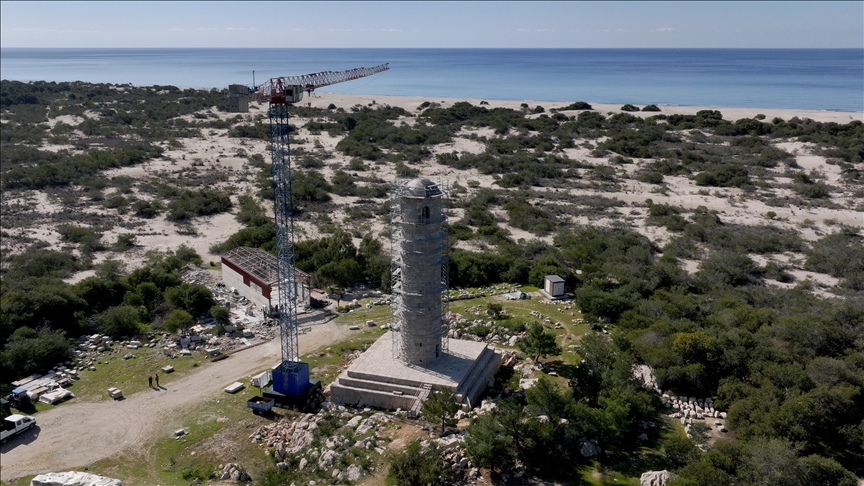
The stones, which were individually examined and reinforced by experts, were lifted with cranes and placed on the lighthouse’s podium, which is 4 meters high. With the completion of the dome of the lighthouse, which features an inscription stating, “I am Emperor Nero. I built this lighthouse for the safety of sailors,” along with a dolphin relief, the majority of the work on the lighthouse has been completed.
“The lighthouse stood for 1,300 years.”
Dr. Şevket Aktaş, the head of the Patara Ancient City Excavation, told AA reporters that the original stones of the lighthouse were uncovered in 2004 during work led by Prof. Dr. Havva İşkan Işık.
He noted that after President Erdoğan declared 2020 as the “Year of Patara,” work began under the supervision of the Antalya Governorship to restore the ancient lighthouse. “Prof. Dr. Havva İşkan Işık, has managed this process from start to finish. The lighthouse consists of a square podium and two interlocking cylinders on the main rock in the center. There was also a fire burning on the platform above the lighthouse. We are now close to completing that area and its dome. There are two special inscriptions attributed to Emperor Nero and the Lycian Governor Sextus Marcus Priscus,” he said.
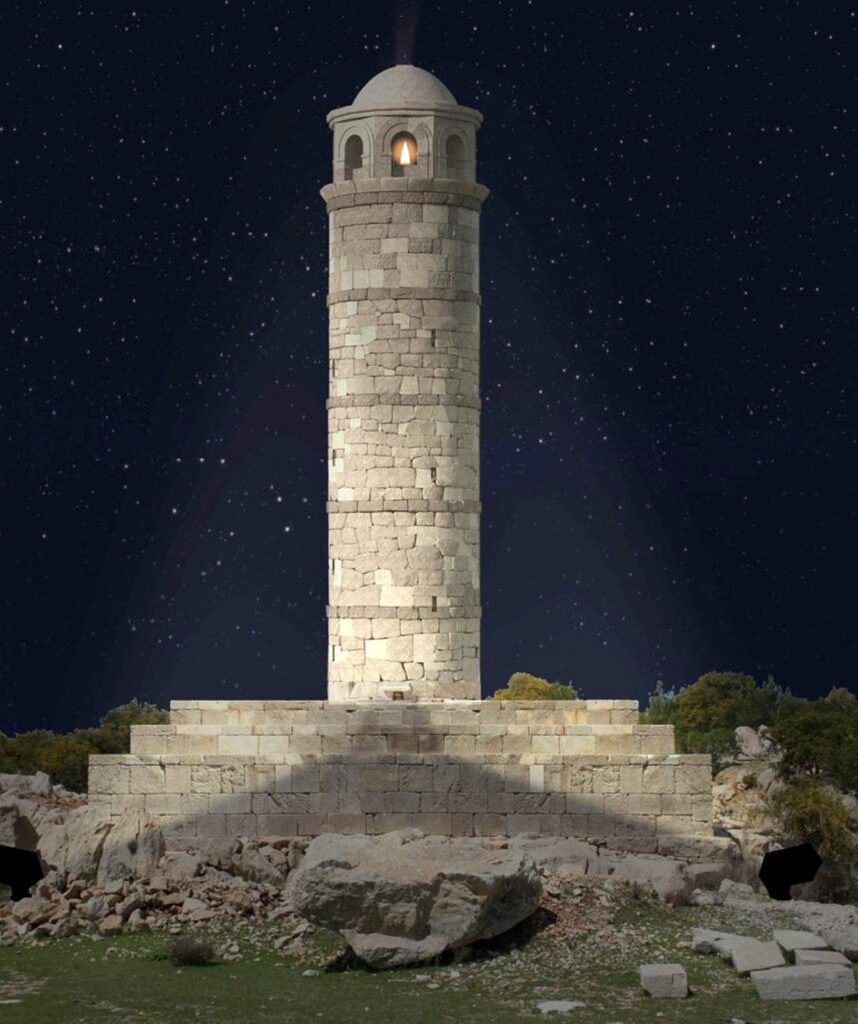
Aktaş emphasized that the structure is an important artifact that has survived from the ancient world to the present day in terms of architectural form. “With the completion of the restoration process, an important artifact will be contributed to the scientific community. We aim to complete the landscaping and the podium steps in the first half of the year, light the lighthouse, and open it to visitors,” he stated.
He noted that the lighthouse is one of the significant examples that have been restored in accordance with its 2,000-year-old original structure, texture, and architecture. “The lighthouse stood for 1,300 years and was destroyed due to an earthquake. It is a very important value for the archaeology and scientific community. We believe that tourists will come just to see the lighthouse. This lighthouse will contribute significantly to the scientific community and will attract many visitors to Patara after the first light is lit,” he expressed.
The lighthouse, built by Roman Emperor Nero in 64 AD, is known to have been destroyed in 1481 due to an earthquake in Rhodes and the subsequent tsunami, with the ruins later lost among the sand dunes in the harbor area over time.
AA
Cover Image Credit: Republic of Türkiye Ministry of Culture and Tourism

